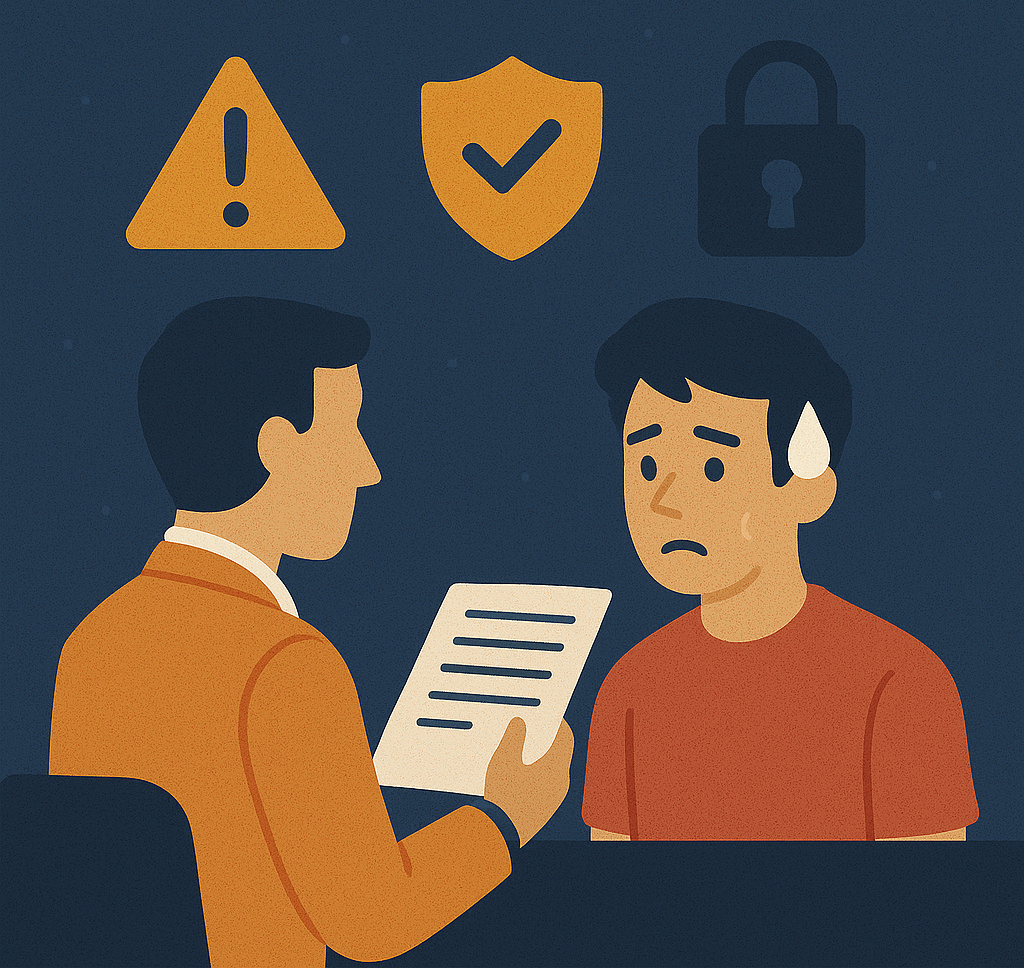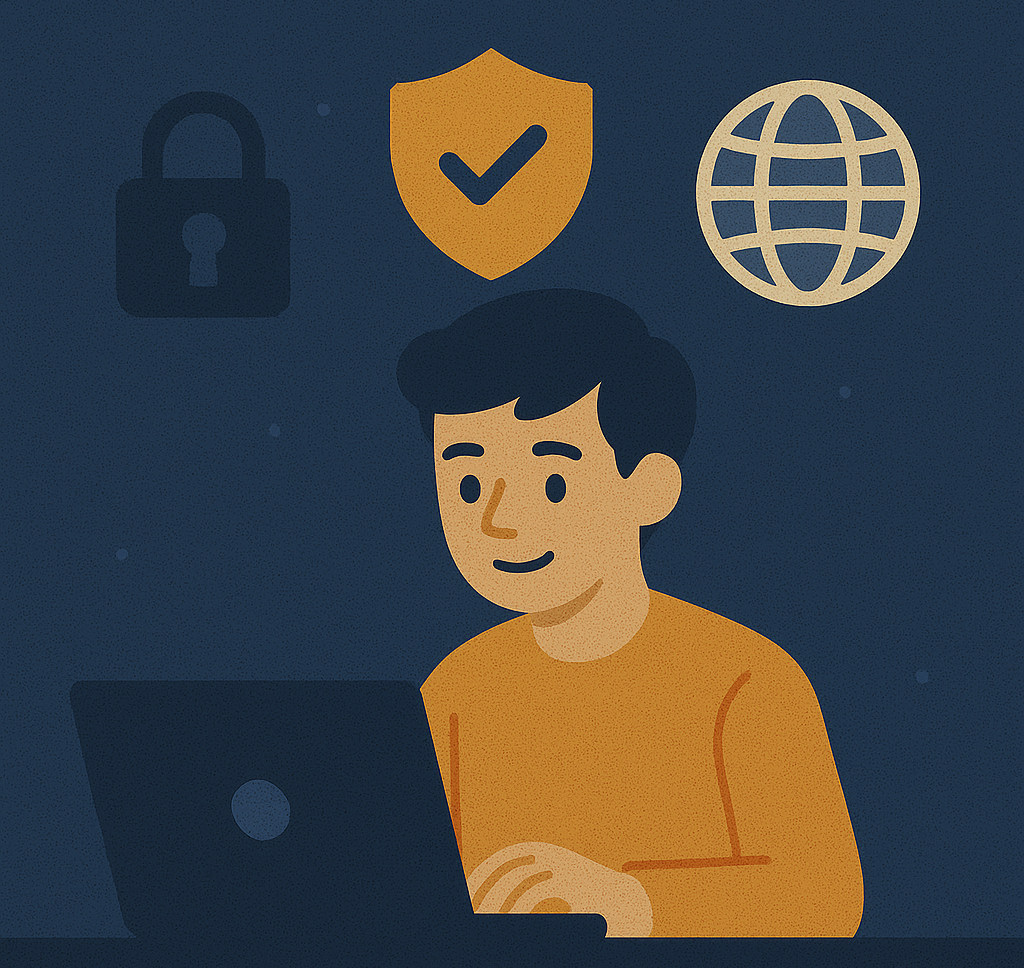Cloud computing has revolutionized how organizations deploy and manage IT resources, offering scalability, flexibility, and cost efficiency. However, this shift to cloud environments introduces unique security challenges that differ from traditional on-premises infrastructure. Understanding cloud security concepts and implementing robust practices is essential for protecting sensitive data and ensuring business continuity in the cloud. This guide explores key cloud security principles and strategies to strengthen your organization’s cloud security posture.
Want to test your cloud security knowledge before diving in? Take our Cloud Security Quiz to assess your current understanding and identify areas for improvement.
Core Cloud Security Concepts
1. Shared Responsibility Model
The shared responsibility model defines the security obligations of both cloud service providers (CSPs) and customers. Understanding this model is fundamental to effective cloud security.
Key principles:
- CSPs are typically responsible for securing the cloud infrastructure (compute, storage, networking, and facilities)
- Customers remain responsible for securing their data, applications, access management, and configurations
- Responsibilities vary depending on the service model (IaaS, PaaS, SaaS)
Responsibility distribution by service model:
- IaaS: Provider secures physical infrastructure; customer manages OS, applications, data
- PaaS: Provider secures up to the application platform; customer manages applications and data
- SaaS: Provider secures most of the stack; customer primarily manages data and access control
2. Defense in Depth for Cloud
Defense in depth applies multiple security layers to protect cloud resources, ensuring that if one control fails, others remain in place to maintain security.
Security layers in cloud environments:
- Identity and access management
- Network security controls
- Data protection mechanisms
- Application security
- Monitoring and detection
- Incident response
3. Data Protection in Cloud
Protecting data throughout its lifecycle in the cloud is critical for maintaining confidentiality, integrity, and compliance.
Key components:
- Data classification: Categorizing data based on sensitivity and regulatory requirements
- Encryption: Protecting data in transit and at rest
- Key management: Securely managing encryption keys
- Data loss prevention: Preventing unauthorized data exfiltration
- Data lifecycle management: Secure creation, storage, use, sharing, archiving, and destruction
4. Identity and Access Management (IAM)
IAM is the cornerstone of cloud security, controlling who can access cloud resources and what actions they can perform.
Essential elements:
- Authentication: Verifying user identity through multiple factors
- Authorization: Granting appropriate permissions based on roles
- Least privilege principle: Providing only the minimum access required
- Just-in-time access: Granting temporary privileges only when needed
- Privileged access management: Controlling and monitoring administrative access
Cloud Security Best Practices
1. Secure Cloud Configuration
Misconfigurations are among the leading causes of cloud security incidents. Implementing secure configurations is essential for minimizing the attack surface.
Configuration best practices:
- Use infrastructure as code (IaC) with security checks
- Implement secure baseline configurations
- Regularly audit configurations for drift
- Apply resource tagging for better visibility and governance
- Use security guardrails and policy enforcement
- Enable logging for configuration changes
2. Network Security in Cloud
While traditional network perimeters dissolve in cloud environments, network security remains crucial through different implementation methods.
Implementation approaches:
- Use virtual private clouds (VPCs) or virtual networks
- Implement micro-segmentation with security groups
- Apply web application firewalls (WAFs) for public-facing applications
- Utilize cloud-native network security controls
- Implement secure VPN connections for hybrid environments
- Apply zero trust network access principles
3. Data Security and Privacy
Protecting data in cloud environments requires comprehensive strategies that address various states and scenarios.
Security measures:
- Encrypt sensitive data both in transit and at rest
- Implement robust key management
- Use data masking and tokenization where appropriate
- Apply data loss prevention (DLP) solutions
- Enforce geographic data residency requirements
- Implement secure data deletion procedures
- Manage access control to data repositories
4. Cloud Security Posture Management (CSPM)
CSPM solutions help organizations continuously monitor cloud environments for misconfigurations, compliance issues, and security gaps.
Key capabilities:
- Automated security assessment
- Compliance monitoring against benchmarks and frameworks
- Misconfiguration detection and remediation
- Risk visualization and prioritization
- Integration with DevOps workflows
- Multi-cloud security management
5. DevSecOps for Cloud
Integrating security into development and operations processes ensures that security is addressed throughout the application lifecycle in cloud environments.
Implementation strategies:
- Implement security as code
- Automate security testing in CI/CD pipelines
- Perform pre-deployment security validation
- Use container security scanning
- Implement infrastructure as code (IaC) security scanning
- Apply runtime application self-protection (RASP)
- Foster security culture within development teams
6. Cloud Workload Protection
Securing the workloads running in cloud environments requires specific protective measures tailored to cloud architectures.
Protection mechanisms:
- Virtual machine security: Hardening, vulnerability management, anti-malware
- Container security: Image scanning, runtime protection, orchestration security
- Serverless security: Function configuration, dependency scanning, permissions management
- Microservices security: API protection, service mesh security, communication encryption
7. Continuous Monitoring and Threat Detection
Real-time visibility into cloud environments is essential for identifying and responding to security incidents promptly.
Monitoring approaches:
- Implement cloud-native security information and event management (SIEM)
- Apply user and entity behavior analytics (UEBA)
- Monitor API activities and authentication events
- Set up real-time alerts for suspicious activities
- Enable cloud provider security monitoring services
- Implement cloud infrastructure entitlement management (CIEM)
8. Incident Response in Cloud
Developing cloud-specific incident response procedures ensures effective and timely reactions to security breaches.
Key components:
- Cloud-specific incident response playbooks
- Integration with cloud provider security services
- Automated remediation workflows
- Forensics capabilities in cloud environments
- Post-incident analysis and improvement processes
- Regular testing of response procedures
Cloud Compliance and Governance
1. Regulatory Compliance
Cloud environments must adhere to relevant regulatory requirements and industry standards.
Compliance considerations:
- Identify applicable regulations (GDPR, HIPAA, PCI DSS, etc.)
- Implement controls to meet compliance requirements
- Utilize compliance frameworks and benchmarks (CIS, NIST, etc.)
- Conduct regular compliance assessments
- Document compliance evidence
2. Cloud Security Architecture
A well-designed cloud security architecture provides a structured approach to securing cloud environments.
Architectural elements:
- Security reference architecture
- Security controls mapping
- Responsibility matrices
- Integration points and security boundaries
- Multi-layer defense approach
- Secure connectivity models
3. Cloud Vendor Security Assessment
Evaluating the security posture of cloud service providers is crucial for managing third-party risk.
Assessment areas:
- Security certifications and compliance attestations
- Data protection capabilities
- Identity and access management controls
- Incident response capabilities
- Contractual security provisions
- Vendor security roadmap
Emerging Cloud Security Challenges and Solutions
1. Multi-Cloud Security
Organizations using multiple cloud providers face unique security challenges requiring standardized approaches.
Security strategies:
- Implement consistent security policies across providers
- Use multi-cloud security platforms
- Develop unified visibility and monitoring
- Apply centralized identity management
- Standardize security operations procedures
- Leverage cloud security posture management (CSPM) tools
2. Serverless Security
Serverless computing introduces new security considerations with its function-based model.
Security approaches:
- Function configuration security
- Code and dependency scanning
- Permission management and least privilege
- Runtime application self-protection
- API security
- Data protection in transit
3. Cloud-Native Security
As organizations adopt cloud-native technologies like containers and microservices, security approaches must adapt.
Security considerations:
- Container image security
- Kubernetes security
- Service mesh protection
- API gateway security
- Secrets management
- Runtime protection
4. AI and Machine Learning for Cloud Security
Leveraging AI and ML can enhance cloud security through advanced detection and automation.
Applications:
- Anomaly detection
- Threat hunting and intelligence
- Automated response to common threats
- Security posture optimization
- Risk prediction and prioritization
- User behavior analytics
Conclusion
Cloud security requires a comprehensive approach that addresses the unique challenges and opportunities of cloud environments. By implementing the concepts and practices outlined in this guide, organizations can significantly improve their cloud security posture and confidently leverage cloud technologies for business innovation.
Remember that cloud security is not a one-time implementation but an ongoing process requiring continuous assessment, adaptation, and improvement. As cloud technologies and threats evolve, so too must security strategies and controls. Through diligent application of security principles and close collaboration with cloud providers, organizations can achieve robust protection of their cloud assets.
Ready to test your understanding of cloud security concepts? Take our comprehensive Cloud Security Quiz to assess your knowledge and identify areas for further study.
For more cybersecurity resources and information, be sure to check out our other guides on InfoSecQuiz.com, where you can also test your knowledge with our interactive security quizzes.


